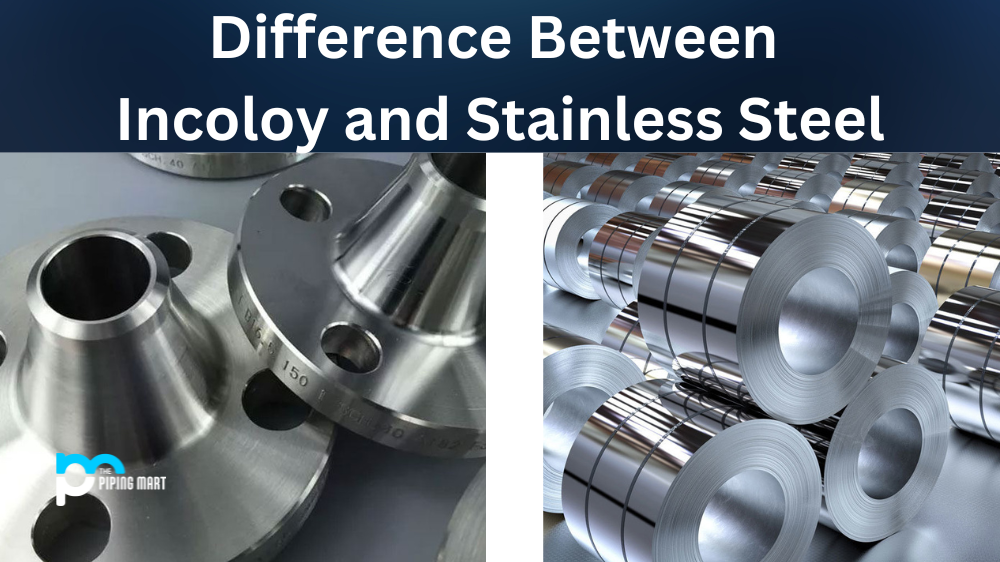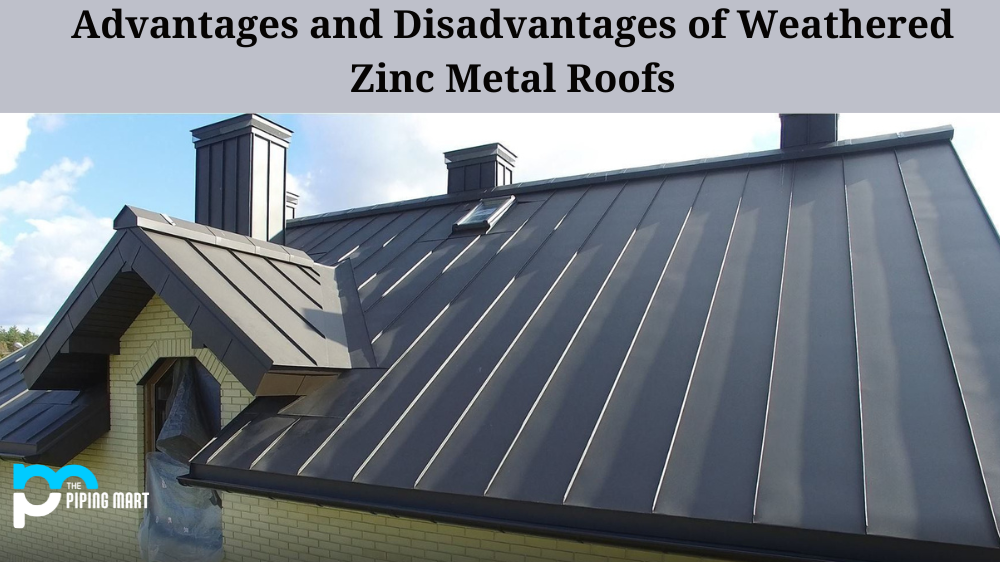When comparing stainless steel and Inconel, remember that they have different formulations. The tensile strength recommended operating temperature and resistance to specific corrosives of stainless steel vary dramatically. For example, grade 316 stainless steel is more resistant to chlorides than grade 304 stainless steel (but also has a higher cost on average).
What is Incoloy?
Incoloy is an ideal material for elevated temperatures but less critical applications due to its higher ferrous content and lower cost. Another advantage is the ease with which it can be manufactured, as it uses the same machines and processes as stainless steel.
There are several grades of Incoloy alloy available, with an emphasis on resistance to aggressive corrosion, particularly in aqueous environments. While a basic form of Incoloy is commonly used, further alloying with enhancing elements increases resistance to chemical and environmental corrosion, as well as physical deterioration such as surface pitting and cracking.
What is Stainless Steel?
Stainless steel is an iron alloy that resists rust and corrosion. It contains at least 11% chromium and may also contain carbon, other nonmetals, and metals to achieve different desired properties. The corrosion resistance of stainless steel is due to chromium, which forms a passive film that can protect the material and self-heal in the presence of oxygen.
Incoloy vs stainless steel
Properties
Incoloy:
- Temperature tolerance.
- Natural heat resistance.
- Resistance to corrosion.
- Mechanical strength is very high.
- Welding quality is exceptional.
- Excellent malleability and machining quality
- Three-dimensional printing
- Engine components for gas turbines.
Stainless Steel:
- Corrosion-resistant material.
- Tensile strength is very high.
- Extremely long-lasting.
- Temperature tolerance.
- Formability and fabrication are simple.
- Low-maintenance (long-lasting)
- Beautiful appearance.
Environmentally conscious (recyclable)
How Is It Made?
Incoloy: Incoloy is created through mechanical alloying rather than bulk melting, and it was investigated for space reactor components in the JIMO project. It is difficult to weld and must be heated to 200 degrees Celsius for forming processes. For it, a unique friction welding process has been developed.
Stainless Steel: When raw materials such as nickel, iron ore, chromium, silicon, molybdenum, and others are melted together, stainless steel metal is formed. Stainless steel metal contains several essential chemical elements that, when combined, form a robust alloy.
Melting Points
Incoloy has a similar appearance to stainless steel, but it is heavier due to its slightly higher density. Melting point of incoloy is 2,550 °F.
Stainless Steel: The melting point of stainless steel is between 2550 and 2790°F (1400 and 1530°C).
Types
Incoloy:
- Inconel 625
- Inconel 650
- Inconel 718
- Inconel X-750
Stainless Steel:
- Austenitic.
- Ferritic.
- Duplex
- Martensitic

Pipingmart is a B2B portal that specializes in metal, industrial and piping items. Additionally, we share the latest information and information about materials, products and various types of grades to assist businesses that are involved in this business.




